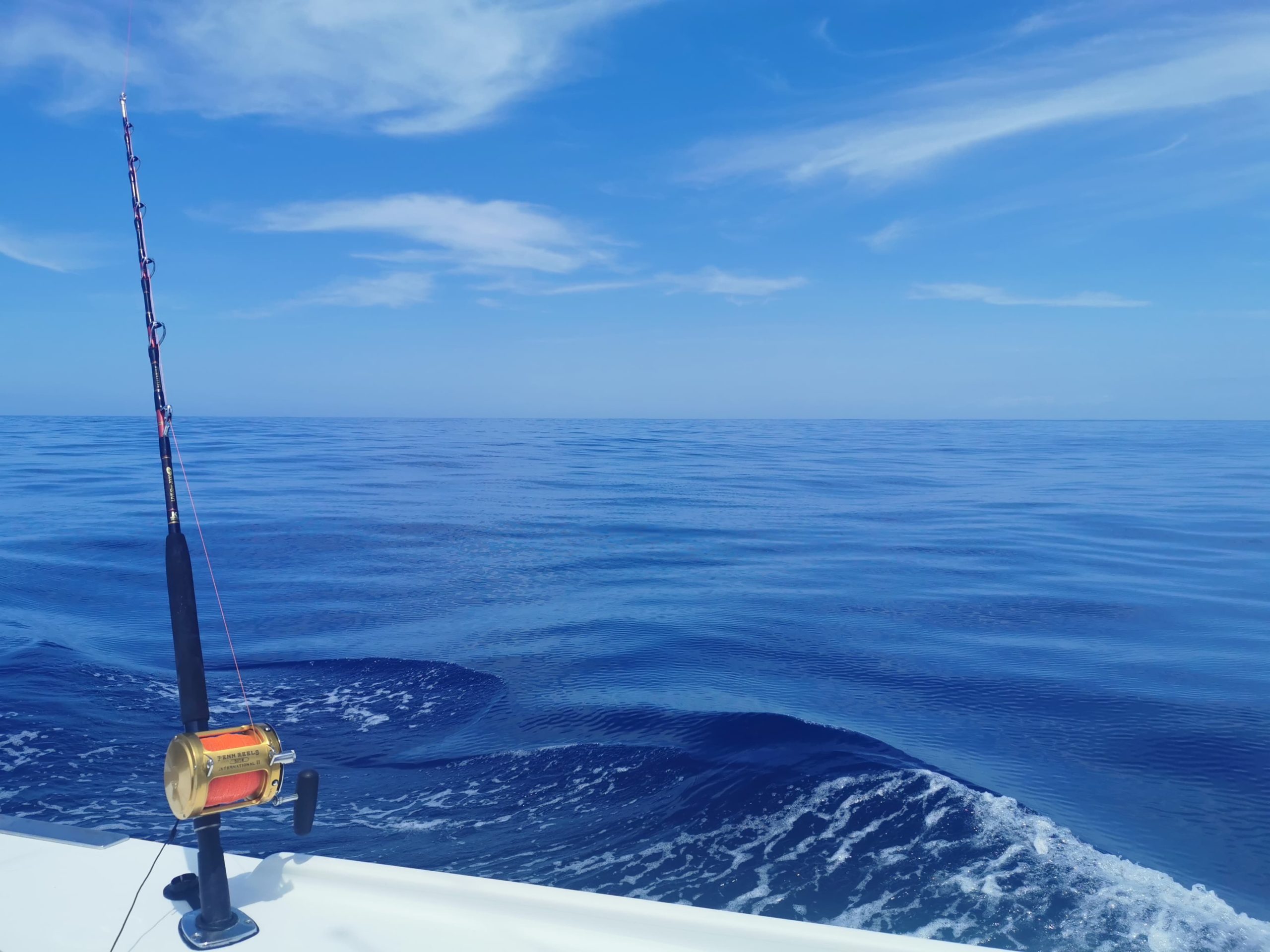FAQs
All FAQs |
Customary Fisheries | Fisheries Management | maximum sustainable yield | QMS | Economics | Fishing | Rescue Fish | Environment | Fishing methods | Recreational Fishing | Fishcare | customary | Kahawai | Reform scam | Baitfish | Scallops | Crayfish | WRC decision | Marlin | Reef fish
November 2, 2020
The Minister of Fisheries has a statutory obligation to ‘ensure sustainability’. He needs to know how many fish to set aside to account for expected mortality before he can allocate any fish for commercial catch. More cautious catch limits need to be set when there is greater uncertainty around mortality levels.
November 2, 2020
When setting total catch limits for a particular fishery, the Minister of Fisheries sets aside a tonnage of fish to allow for the mortality caused by all fishing. This could be fish killed by trawling and other methods, fish that drop out of nets and unseen mortality, fish that die after fishing has occurred. This ... Read more.
July 28, 2020
Catch limits in mixed finfish fisheries will be set to account for those species that live or move together. Fixed term commercial permits will be conditioned by Output limits. Output limits will replace the existing quota limits for single species. Output limits will be described as equivalents to account for mixed species catches. All catches ... Read more.
July 8, 2020
Under Rescue Fish the Government buys back the quota for inshore fish stocks. The buy-back cost is recovered over time from resource rentals applied to fishing permits. There will be a tender process and the agreed price the fisher pays for the permit will be the resource rental that goes to the Crown in recognition ... Read more.
June 26, 2020
Having multi-species commercial fishing permits in mixed finfish fisheries addresses the failings associated with single species management. Multi-species permits represent a more holistic way to manage life within the marine environment. The benefits of multi-species permits include the following – Removes target and bycatch categories. Catch is catch and ALL catch will be landed. Moves ... Read more.
June 26, 2020
Under Rescue Fish commercial fishing permits will be issued for a fixed term. Permits will limit the quantity of fish that can be landed, the amount of effort that can be applied, and the area where fishing can occur. Permits will be allocated by competitive tender, the tender price will represent a resource rental payment ... Read more.
June 26, 2020
Under Rescue Fish commercial fishing permits will have a fixed term of no longer than 5 to 8 years. Fixed term commercial fishing permits provide the following benefits – Removes the barriers to entry, encouraging people especially younger people into fishing, and creating jobs in associated industries. Restores competition for fish and fish products. Prevents ... Read more.
June 26, 2020
Under Rescue Fish commercial fishing permits will have a fixed term of no longer than 5 to 8 years. The permit can only be used by the permit holder. This means the person fishing must hold the permit as there will be no absentee ownership. There will be no private sales of permits or any ... Read more.
June 26, 2020
Yes. Rescue Fish advocates immediately moving to an Ecosystem-based Management (EBM) approach to governance. In terms of management, removing mobile bottom contact fishing methods that destroy the seabed and its organisms will be a giant step forward in terms of EBM. However, in any EBM proposal it is important to start with a definition of ... Read more.
May 29, 2020
Independent analysis by the NZ Institute of Economic Research shows that on the information available Māori own around 40% of quota shares (by volume) but only 10.7% of the total quota share value. This is a conservative estimate of iwi ownership and value because not all the relevant details are available; that is understandable given ... Read more.

